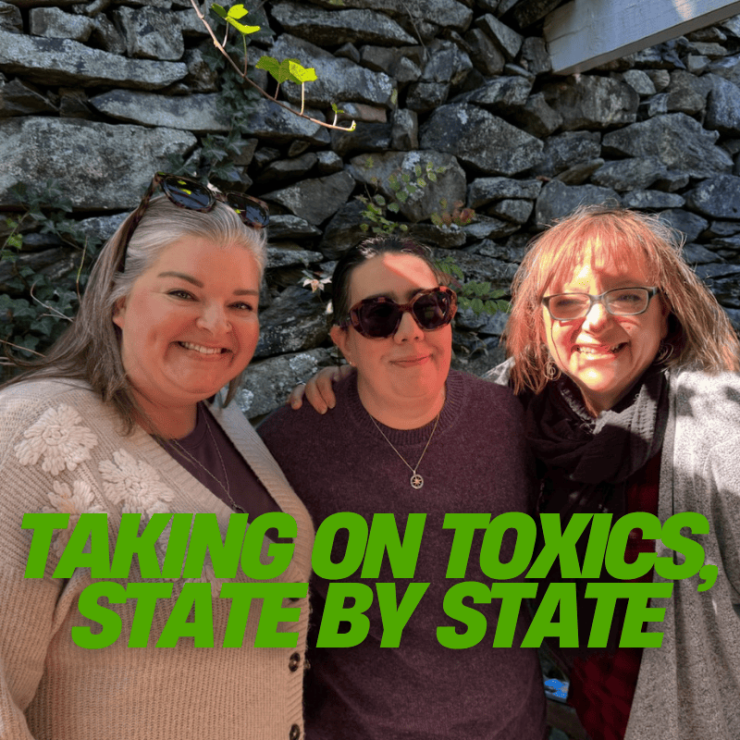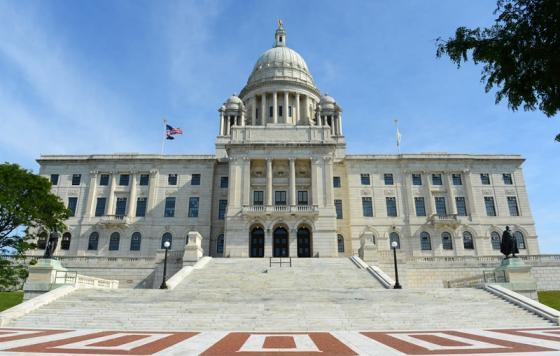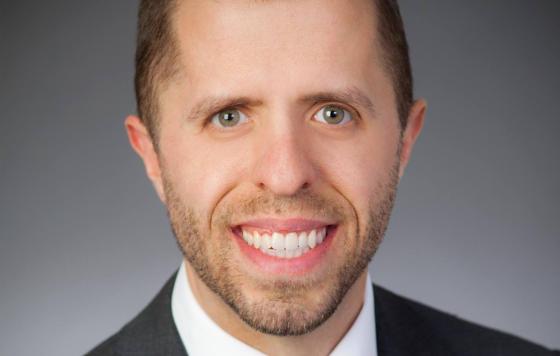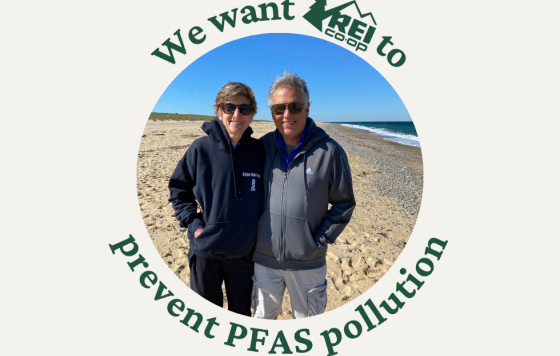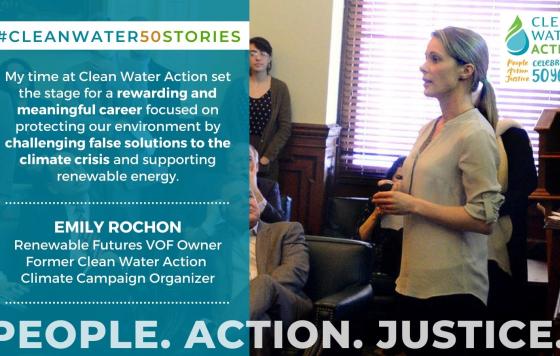Taking on Toxics, State by State: Rhode Island Leads the Way
Filter By:
RI Leads the Way: Good News from the End of the 2022 Legislative Session
“Power Comes From Having People Behind Us” - Introducing Our New State Director, Jed Thorp
Hello Rhode Island Clean Water Action members, allies, and friends!
We are very excited to introduce our new State Director, Jed Thorp! Jed is returning to Clean Water Action after, most recently, working as the Advocacy Coordinator for Save the Bay. He has a long career as an organizer and is
REI Members to REI: Take Leadership on PFAS!
REI has tarnished its reputation as a company committed to sustainability by continuing to sell clothing, including for children, that contains PFAS. As an REI member, I am disheartened to see that not only do many REI products contain PFAS, but REI is failing to make meaningful progress to phase
Exploring Zero-Waste in Conversation with The Heal Room
Birch Salon & Gallery / Aveda is celebrating Earth Month with Clean Water!
We all understand the importance of practicing self care in our daily lives - and it feels even better when we know our self care is environmentally sustainable. This is why Clean Water has a history of working with Aveda, who has chosen Clean Water yet again as their local Earth Month partner! In
Clean Water 50 Stories: Emily Rochon
Meet Emily Rochon, a true force of nature helping to lead the way for a clean energy future. Emily has played important roles in the clean energy industry, advancing solar and offshore wind projects -- and she got her start as a climate organizer for Clean Water Action in Rhode Island. Emily's story is one of many we will feature throughout our 50th anniversary year, lifting up our history and the people along the way who have contributed to our legacy and created impact. Emily inspires us, and we bet she will you inspire you too!

